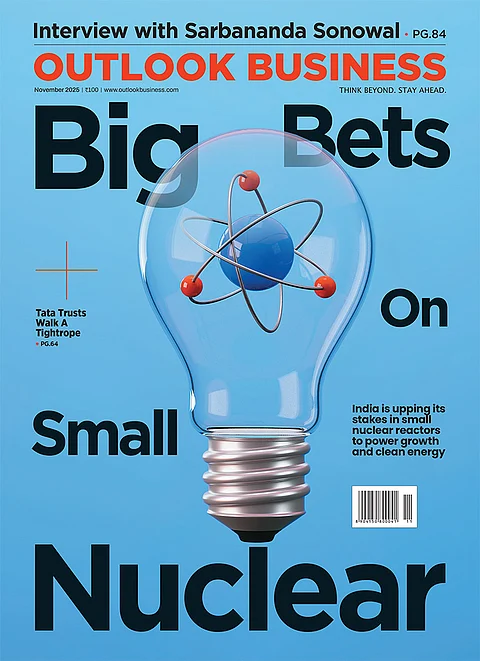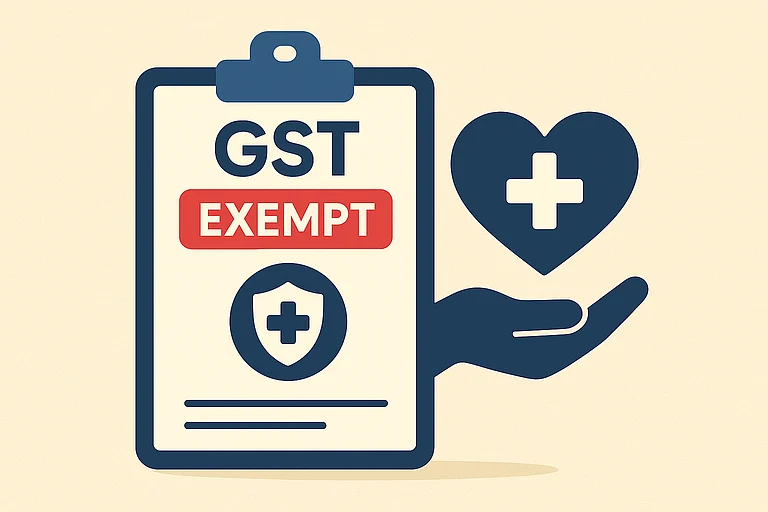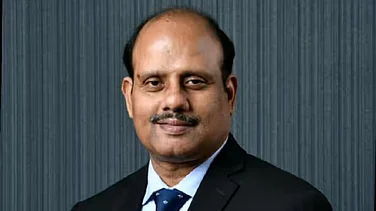
RBI holds repo rate steady at 5.5%
Governor Sanjay Malhotra cites shift in growth-inflation balance
GST rationalisation seen as inflation-cooling measure
The Reserve Bank of India has kept repo rate unchanged at 5.5%. The announcement was made by Governor Sanjay Malhotra while addressing the RBI MPC on October 1. The MPC decided to continue with a "neutral policy stance".
Malhotra said that growth-inflation dynamics have shifted since the August meeting. "Rationalisation of GST is expected to have a dampening effect on inflation. Higher tariffs are likely to moderate export growth".
"Global uncertainties and tariff-related developments are expected to slow growth this year. It is prudent to wait for the impact of policy measures to play out before deciding on the next steps. Economic activity has remained resilient, with domestic momentum continuing into Q2," he added.
The RBI has earlier reduced the key short-term lending rate (repo) by 100 basis points in three tranches, beginning in February, amid declining consumer price index (CPI) based inflation.
But in the August bi-monthly monetary policy, the central bank opted for a status quo and took a wait-and-watch approach to assess the impact of US tariffs and other geopolitical developments on the domestic economy.
Inflation, GDP Projections
Malhotra further stated that the overall inflation has turned more benign, supported by a sharp decline in food prices. The MPC revised average headline inflation downward from 3.1% to 2.6%, while noting that the effects of front-loaded policy actions are beginning to materialise.
He said that inflation outcome is likely to be softer than what was projected in August, primarily due to GST cuts and reduction in food inflation. The RBI’s CPI inflation projections indicate that for FY26, inflation is expected at 2.6%, lower than the earlier forecast of 3.1%.
For Q2FY26, the projection stands at 1.8%, compared to 2.1% earlier, while for Q3FY26 it remains unchanged at 1.8%, but lower than the prior estimate of 3.1%. Inflation is expected to rise in Q4FY26 to 4.0% versus 4.4% earlier. Moving into FY27, CPI inflation is projected at 4.5% for Q1, slightly below the earlier projection of 4.9%.
Speaking about the GDP projections, Malhotra stated that the central ban has revised its GDP growth projections upward for FY26 to 6.8%, compared to the earlier estimate of 6.5%.
"Growth for Q2FY26 is now projected at 7.0%, up from 6.7% previously, while Q3FY26 is estimated at 6.4%, slightly lower than the earlier 6.6%. For Q4FY26, the projection has been pegged at 6.2% versus 6.3% earlier. Looking ahead, GDP growth for Q1FY27 is expected at 6.4%, a tad below the earlier forecast of 6.6%," he added.
Rupee Movements, Capital Markets
The RBI governor said the monetary policy transmission remains broad-based across sectors, and the remaining CRR cut is expected to further support effective transmission. According to him, system-level indicators for scheduled commercial banks and NBFCs will remain healthy.
"Bank credit growth remains robust, providing support to overall economic activity. Money market rates have stayed stable, reflecting comfortable liquidity conditions," Malhotra said in the MPC meeting today.
He also noted that since the previous MPC meeting in August, average daily liquidity has stayed in surplus at around ₹2.1 lakh crore. He added that the central bank is keeping a close watch on rupee movements and will step in with appropriate measures if required.
The total resource flow from banks to the commercial sector increased by ₹2.66 lakh crore. The Indian rupee gained 5 paise to 88.7287 per US dollar, supported by upward revisions in GDP growth and lower CPI inflation projections.
He added that the Expected Credit Loss (ECL) framework is set to apply to banks and financial institutions from April 1, 2027, with a five-year glidepath for implementation.
"Revised Basel III norms will also come into effect from the same date, including lower risk weights for certain segments to ease capital requirements for banks. Capital requirements for market risk under Basel III are currently under finalisation," he said.
Insurance Premiums, Lending Limits
The central bank has also proposed reforms in insurance premiums and lending limits, while suggesting the introduction of risk-based deposit insurance premiums to lower costs for higher-rated banks.
During the meeting, Malhotra suggested the expansion of acquisition finance to broaden lending scope, and regulatory changes in lending against securities like removal of the ceiling on lending against listed debt securities.
He said the lending limits against shares should be increased from ₹20 lakh to ₹1 lakh per person, and enhancement of IPO financing limits should be ₹25 lakh per person from the current ₹10 lakh.
Malhotra stated that licensing for Urban Cooperative Banks (UCBs) has been on hold since 2004, and the RBI now proposes to release a discussion paper on the licensing of UCBs.
He also emphasised plans to give banks greater flexibility in opening Cash Credit (CC) and Overdraft (OD) accounts for borrowers.

































